By TREVOR HOGG
Images courtesy of Netflix.
By TREVOR HOGG
Images courtesy of Netflix.
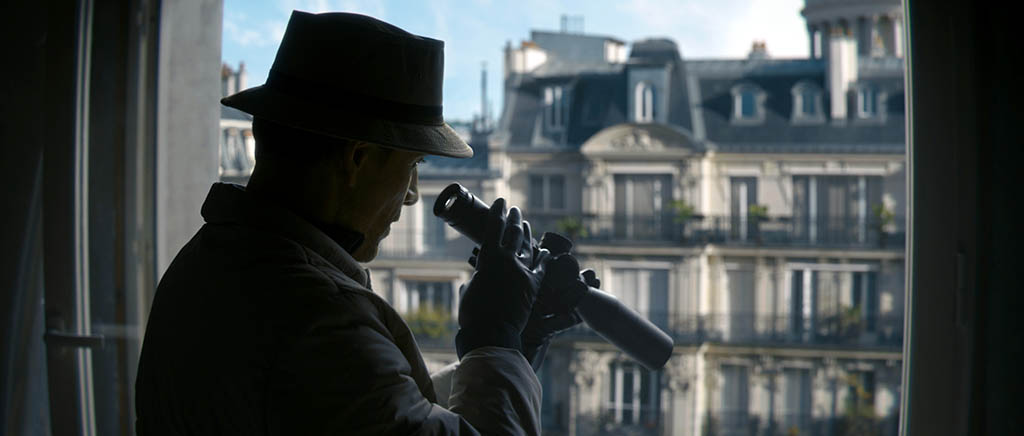
Michael Fassbender portrays an assassin simply known as The Killer in the latest feature film collaboration between David Fincher and Netflix.
Producer and long-time David Fincher collaborator Peter Mavromates extend their partnership in the The Killer where an assassin seeks revenge after a botched assignment. The Netflix feature consists of 900 digitally-augmented shots that range from shortening the tail of a dog to CG airplanes, tasked to a vendor list that includes Ollin VFX, Artemple-Hollywood, Savage VFX and Wylie Co. as well as an in-house team. “Visual Effects Compositor Christopher Doulgeris and I will go into the color bay with [Colorist] Eric Weidt and talk about some issue that we had,” Mavromates explains. “Even sometimes if it’s an outside vendor, we’ll focus to help problem-solve. It’s this wonderful and fluid atmosphere, and it works for David Fincher because he’s always got ideas flowing. He doesn’t want to be on a clock at a facility where you’ve got from 2 p.m. to 5 p.m. and then it’s overtime. There’s none of that. David will walk the halls and stop in on people to check on stuff.”

Each setting was given a different color palette with the most vibrant being the Dominican Republic.
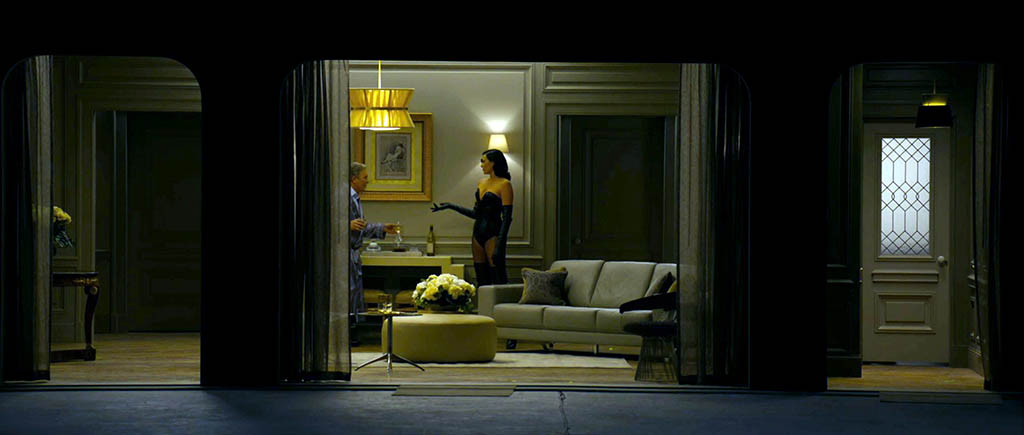
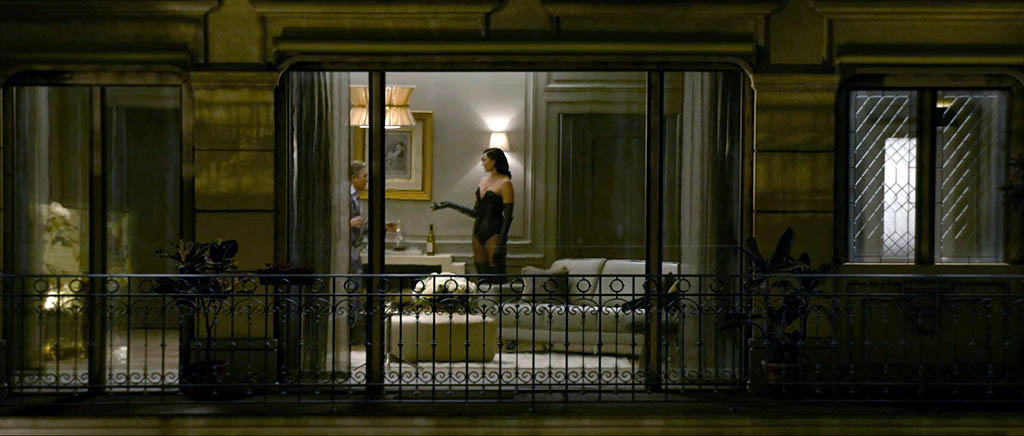
The Parisian apartment window shots were captured onstage in New Orleans and inserted into a digital recreation of the actual building by Artemple-Hollywood.
“The dog gives a vicious performance but had a tail that is probably about 12 or 14 inches long, which drove David crazy because when it wagged, he looked too cute! David calls me in and says, ‘We’ve got to get this tail down to two inches.’ … Ollin VFX in Mexico doctored the tail. When you look at the movie and see that tail, there is another 10 inches or so that you’re not seeing anymore!”
—Peter Mavromates, Producer
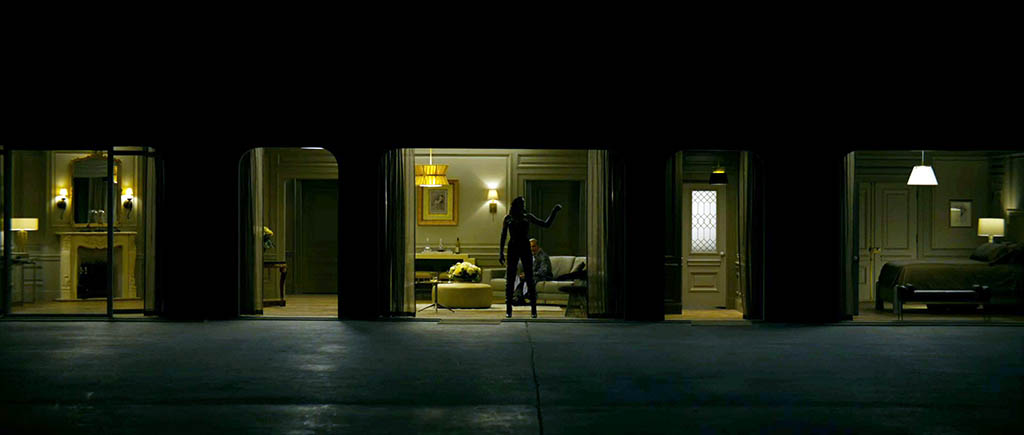

A vintage glass effect had to be created by Artemple-Hollywood for the Parisian apartment footage shot in New Orleans.
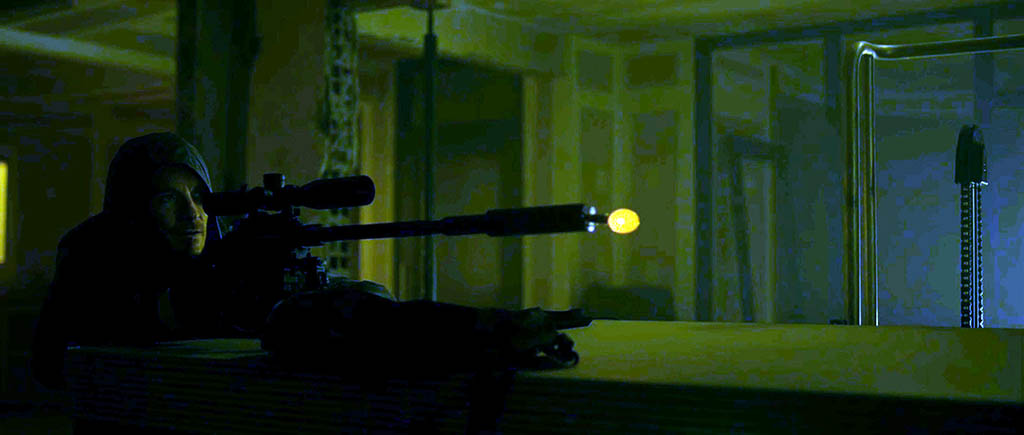
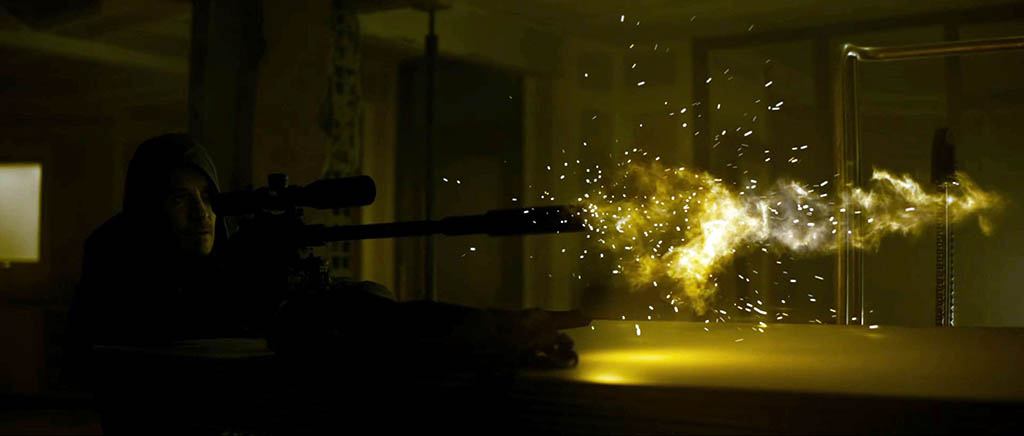
Savage was responsible for the gunshot enhancements.
An unusual visual effects situation arose when a guard dog pursues The Killer, played by Michael Fassbender, after its owner has been murdered. “The dog gives a vicious performance but had a tail that is probably about 12 or 14 inches long, which drove David crazy because when it wagged, he looked too cute!” Mavromates laughs. “David calls me in and says, ‘We’ve got to get this tail down to two inches.’ This is a night scene, so in terms of the type of work that you have to do on manipulating an image, it was tough footage. We had 37 shots, and for that we worked with Ollin VFX in Mexico, and they doctored the tail. When you look at the movie and see that tail, there is another 10 inches or so that you’re not seeing anymore!” What has become more common is the reframing of shots in the DI. “That is something David discovered while we were still shooting on film for Panic Room,” Mavromates remarks. “Once you had all of that film scanned and you’re in the DI suite, there is an opportunity to improve on the headroom. You couldn’t move it right or left that much because of the way it was shot on the negative, but you have a lot of north and south. We did about 100 shots then, and that number has continued to go up where it’s more than 50% of the shots in recent movies where the framing is adjusted.”
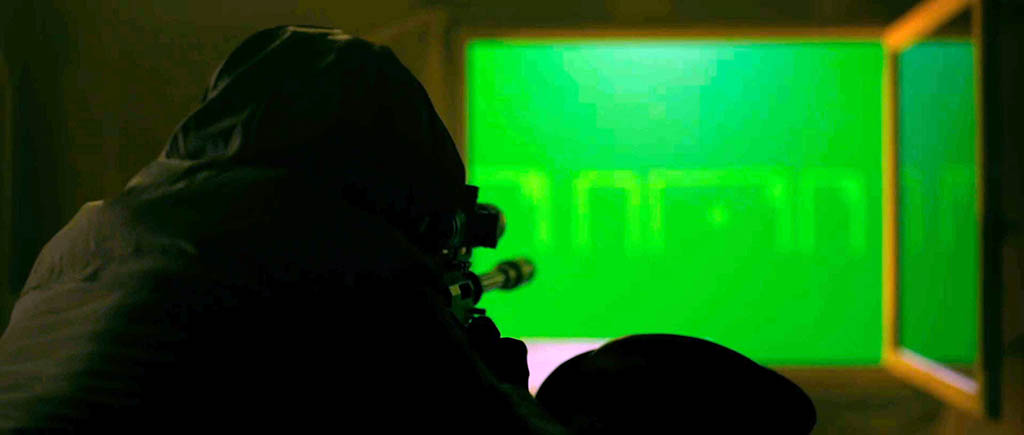

The stage shoot combined with an exterior matte painting.
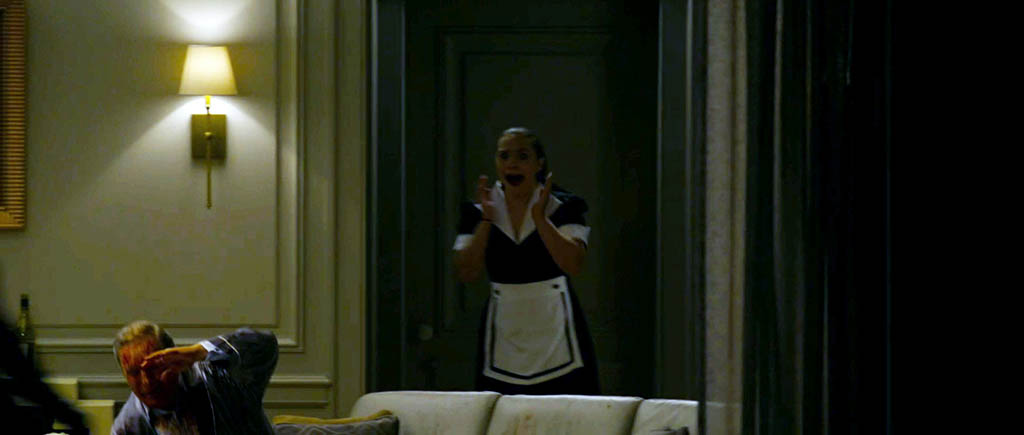

The attention to detail was so fine that the shadow of the red cross inside of the scope moves along with the rifle.
[The reframing of shots in DI] is something David discovered while we were still shooting on film for Panic Room. Once you had all of that film scanned and you’re in the DI suite, there is an opportunity to improve on the headroom. You couldn’t move it right or left that much because of the way it was shot on the negative, but you have a lot of north and south. We did about 100 shots then, and that number has continued to go up where it’s more than 50% of the shots in recent movies where the framing is adjusted.”
—Peter Mavromates, Producer
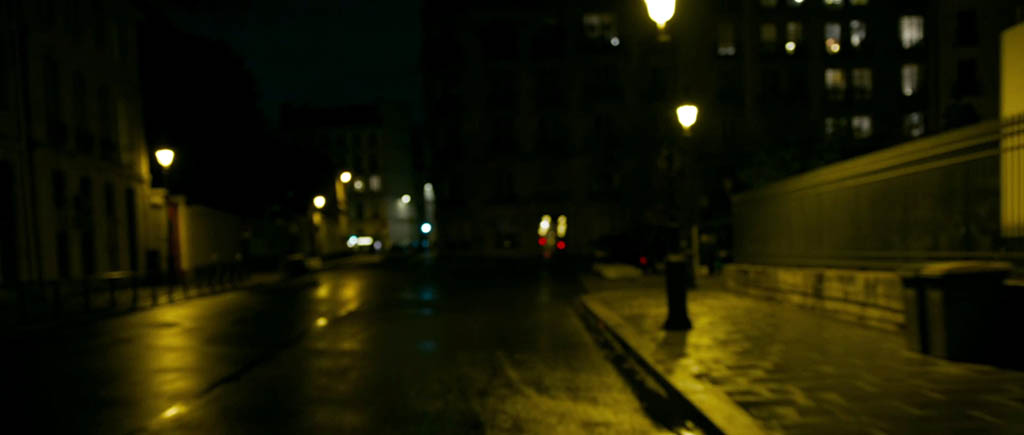

Because of the desire to control the reflections and fractions of the helmet visor, Wylie Co. created a digital double of both Michael Fassbender and his scooter.
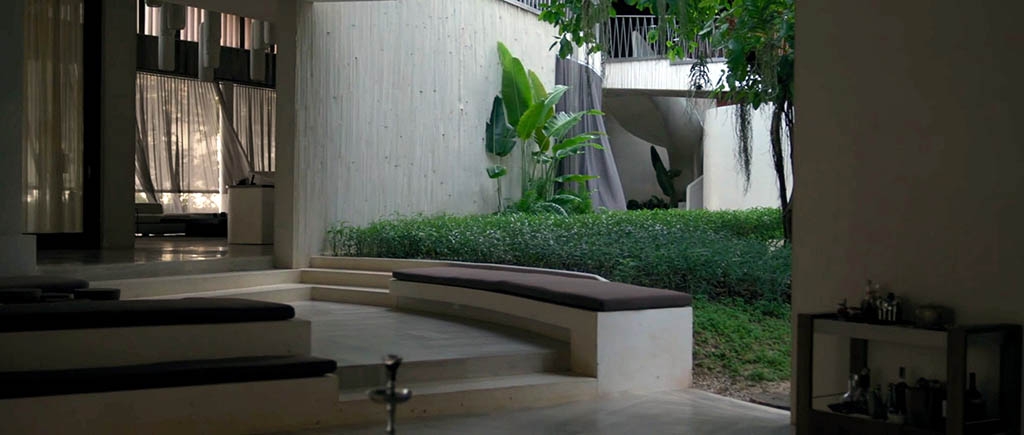
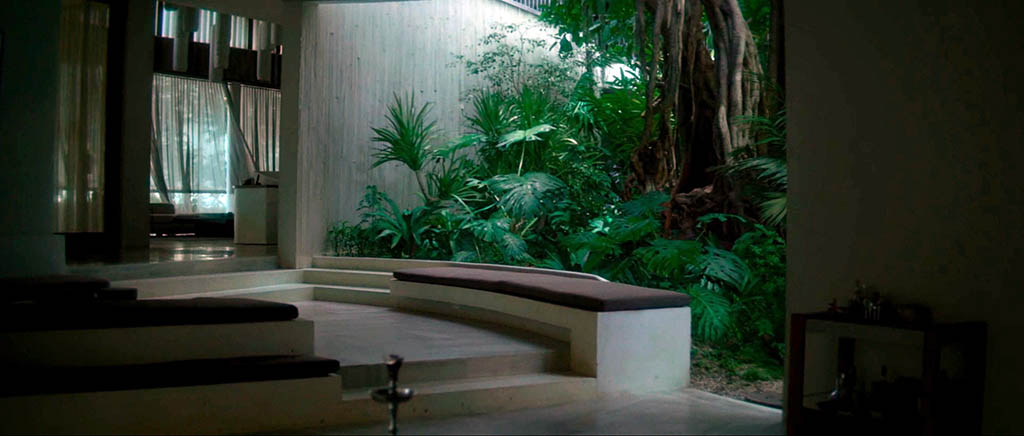
A landscaping matte painting was executed by Ollin VFX.
Considering that the entire first reel of the movie has the protagonist surveying the building across the street in Paris, one would have thought that Rear Window would have been an influence. “It’s astonishing how little we talked about that movie,” Mavromates notes. “The movie that David referenced and has nothing to do with the look of it is Le Samourai in terms of the tone and what the character is.” The daytime building in Paris actually exists and has been featured in Emily in Paris. “The initial shooting was in Paris and was in that square,” Mayromates explains. “We had eight cameras rolling so that David could capture the images of the people walking in the square and the façade of the building in the daytime. You could capture them simultaneously with different lens lengths so that the action matches perfectly because it’s literally the same take. Later, in New Orleans, they shot the individual window settings all laid out on a stage for the night scenes. Based on the daytime footage of that building and some nighttime plates, Artemple built an element where they put those windows in that were shot in New Orleans, then added tinted glass on the foreground.”
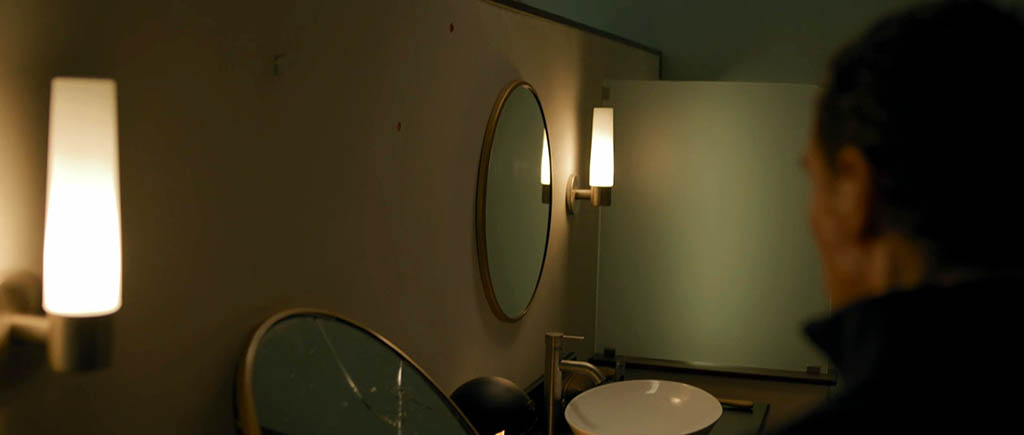
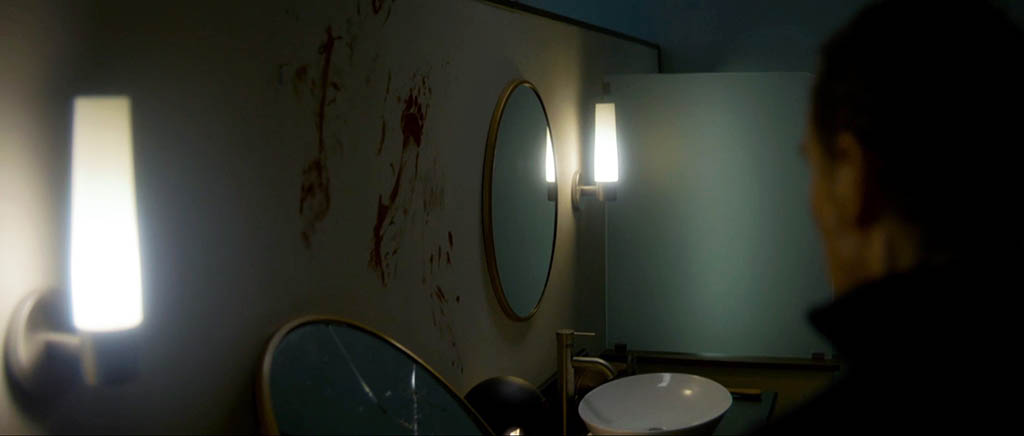
Bloodstains were added later in post-production.
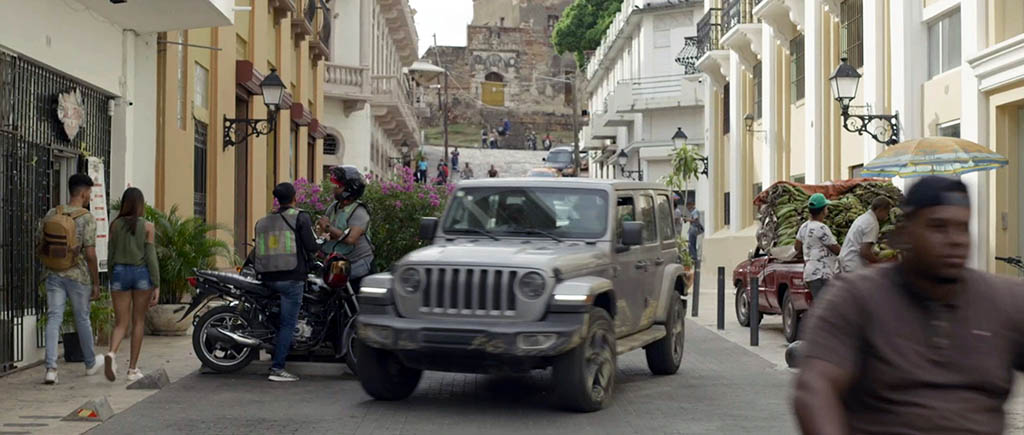
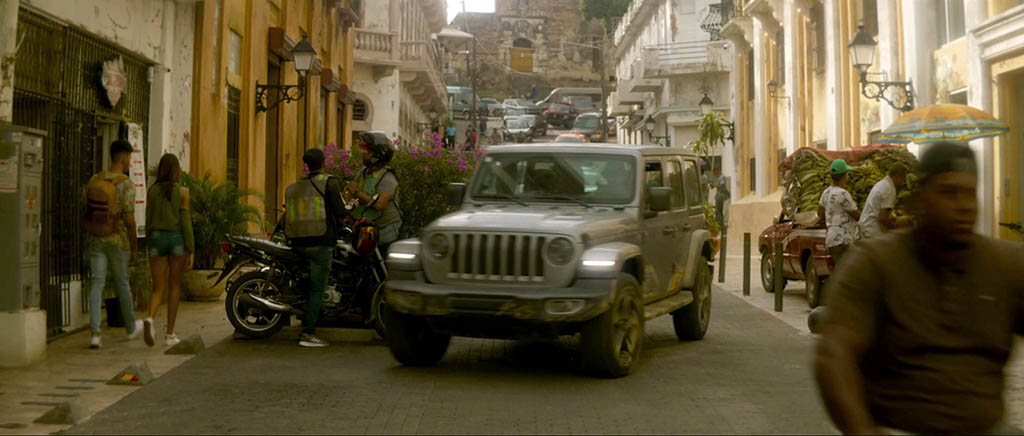
CG traffic was created by Ollin VFX for the scenes in the Dominican Republic.
“Special effects put a wick in the bottle [of the Molotov cocktail that Fassbender throws] that had these LED lights, which were golden, and Ollin VFX went in and put the flame over that. What was astonishing is Fassbender threw the bottle that far and it landed a little bit to the left of the door. I couldn’t do that, for sure!”
—Peter Mavromates, Producer
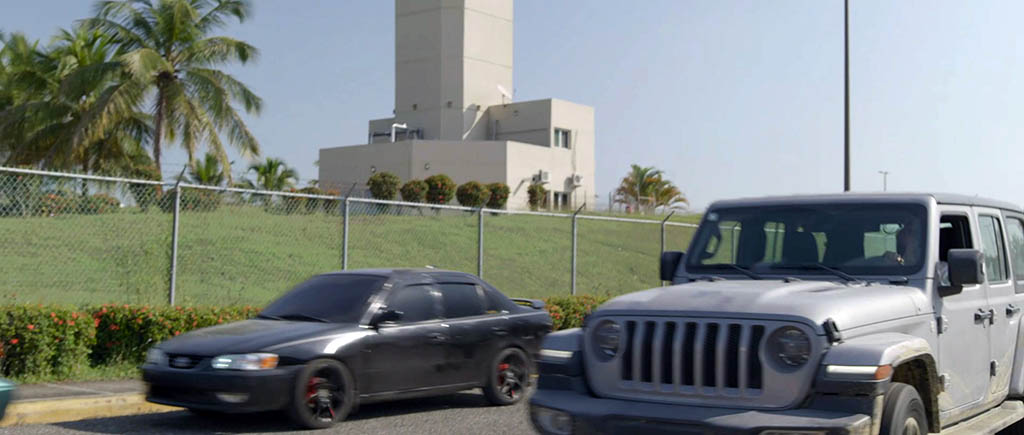
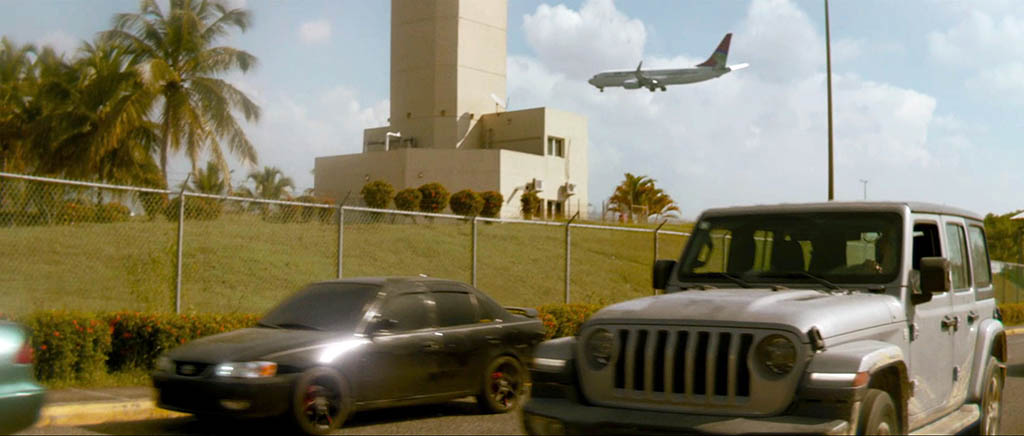
All of the planes were fully CG.
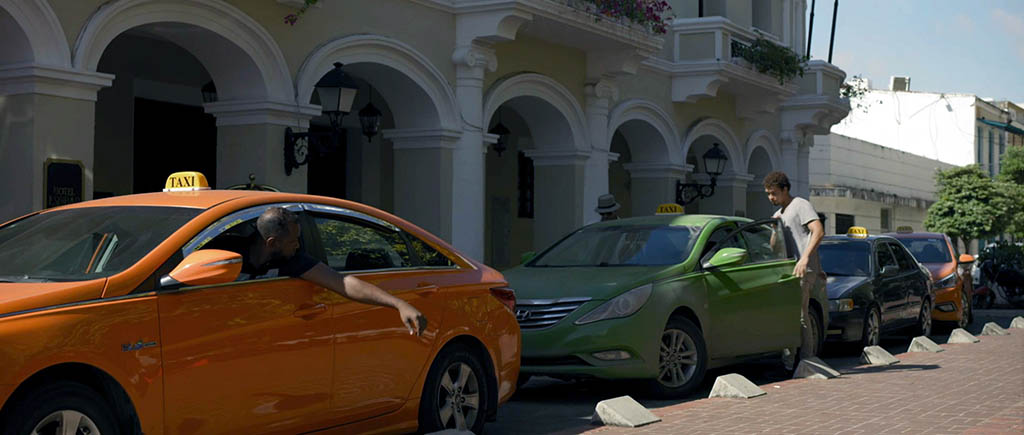
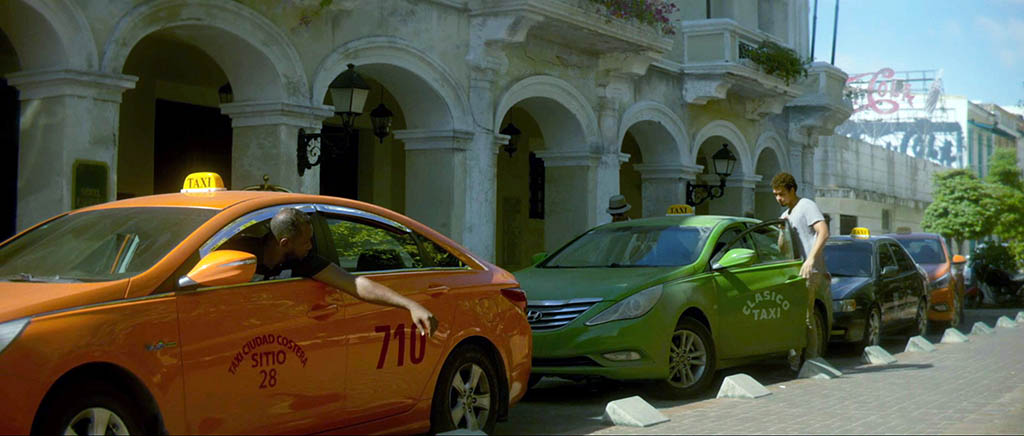
A lot of work went into recoloring and creating taxi logos and numbers by Ollin VFX.
A digital double was created for the scooter escape of The Killer through the streets of Paris after the botched assignment. “The scooter and Michael Fassbender are all CG,” Mavromates reveals. “They did shoot Michael Fassbender on a scooter. That was in our early edits. Then Wylie Co. came in and slowly replaced everything. The background is a photographic plate behind the digital character and scooter in the foreground. If you were doing that all from scratch, that’s a big ask. At least when you have those plates, a lot of lighting decisions are made inherently.”
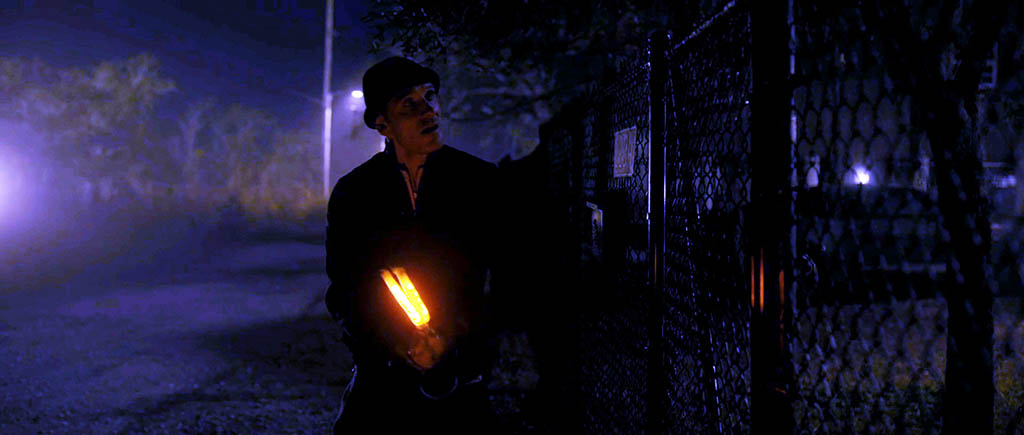
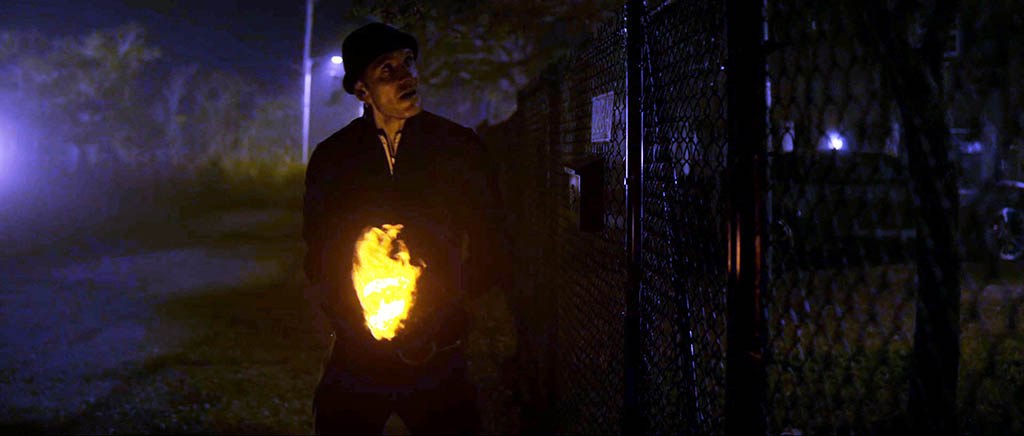
LED lights were placed in a bottle that was thrown by Michael Fassbender and later turned into a Molotov cocktail by Ollin VFX.
“There might be a few Fitbits that are actually photographic. I doubt it, because we created an interface in post for it. The interface that you see is not one that is exactly right for a commercial product as with the little music player that he has. Somebody asked me, ‘What is that MP3 player? Is that the Microsoft one? What is that?’ I answered, ‘No, that is the Fincher pod.’”
—Peter Mavromates, Producer
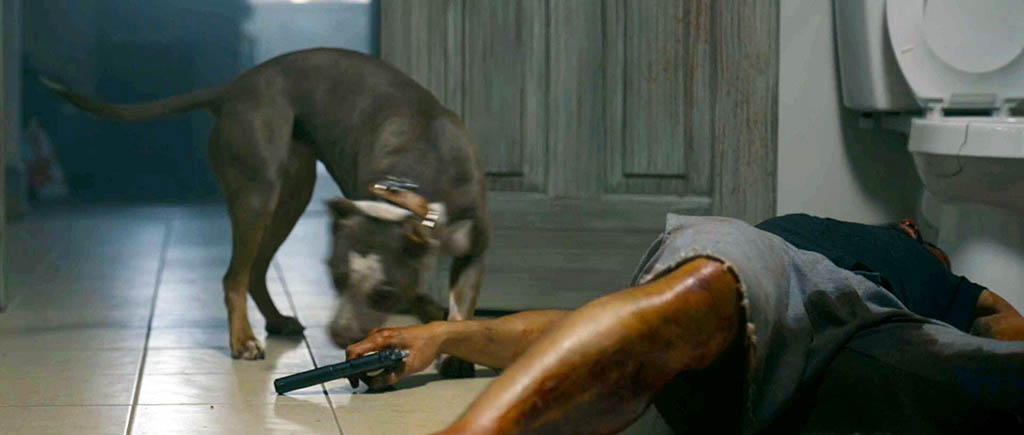
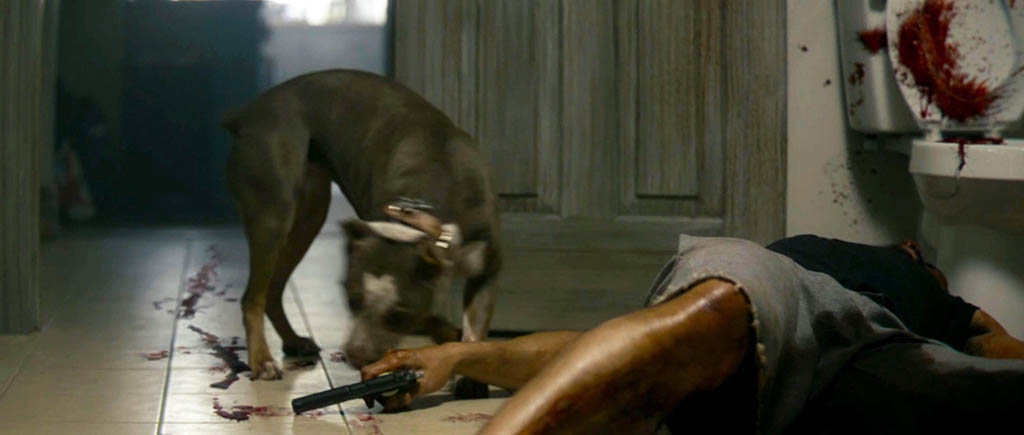
An unexpected visual effect was having to shorten the tail by 10 inches to avoid undermining the vicious performance of the dog.
Even the Fitbit that Fassbender wears got a facelift. “There might be a few Fitbits that are actually photographic,” Mavromates observes. “I doubt it, because we created an interface in post for it. The interface that you see is not one that is exactly right for a commercial product as with the little music player that he has. Somebody asked me, ‘What is that MP3 player? Is that the Microsoft one? What is that?’ I answered, ‘No, that is the Fincher pod.’” The Molotov cocktail that Fassbender throws was also digitally augmented. “Special effects put a wick in the bottle that had these LED lights, which were golden, and Ollin VFX went in and put the flame over that. What was astonishing is Fassbender threw the bottle that far and it landed a little bit to the left of the door. I couldn’t do that, for sure!”